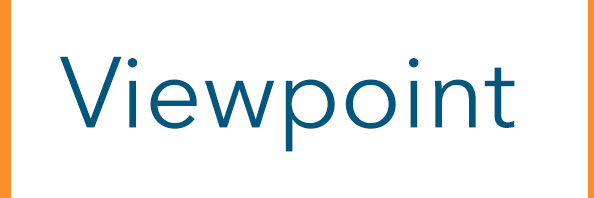March is Women’s History Month, which is an opportune time to highlight some of women’s advancements — and challenges — in postsecondary education, especially at community colleges.

Women in higher education have made progress on several fronts, including enrollment, attainment and leadership. The American College President Study found that about one-third of presidents were women. Associate-degree granting postsecondary institutions had the highest percent of women presidents (37%). However, the progress has been uneven. While 17% of college and university presidents are minorities, Black women presidents account for only 5%.
Women reached parity with men as faculty members at degree-granting postsecondary institutions in 2017-18. The turning point for women’s college enrollment occurred at the end of the 1970s, when they surpassed men. Now, women represent 57% of enrollment in community colleges, according to the American Association of Community Colleges‘ (AACC) new 2021 Fast Facts.
The percentage of women overtaking men as associate-degree recipients did not happen until 1979-80 (54%) and a decade later for bachelor’s degrees (53%).
Starting in 2015, women took the lead in the U.S. population to hold a bachelor’s degree.
Workforce experience
Shortly after WWII, the share of women in the labor force was 28.6%. It was not until 1994 that it reached 46% and held steady since. The overall labor force participation rate peaked in 2000, plateaued in successive years and declined during the current pandemic. The decline was most pronounced for women, particularly mothers of children under six with lower levels of educational attainment.
The only category to buck this trend is the percentage of women in the labor force with at least a bachelor’s degree, which almost tied that of men in 2019 (29.3% vs. 29.5%, respectively).
The earnings gap continues but has lessened. In 1960, women’s median annual earnings were 60.7% that of men’s earnings. By 2017, that ratio was 80.5%. Factors contributing to the disparity in earnings includes the occupations in which large swaths of women work as well as being twice as likely as men to work part-time.
Pandemic setback
Men have borne the brunt of declines in enrollment, especially in public two-year institutions, with two times higher losses than women (-14.7% vs. -6.8% between fall 2019 and 2020).
With respect to the workforce, however, the pandemic has exaggerated the already occurring declines. Last September, in the throes of the pandemic, more than four times as many women (about 865,000) than men left the labor force. As the primary child caregivers, especially of younger children, women are the ones to stay at home due to school and daycare closures. Women are also disproportionately represented in industries that closed.
The programs for which AACC advocates have a disproportionate impact on women, given their makeup of the community college student population. In addition to increases in the Pell Grant program to make attendance more affordable, other programs help with specific needs, such as childcare.





